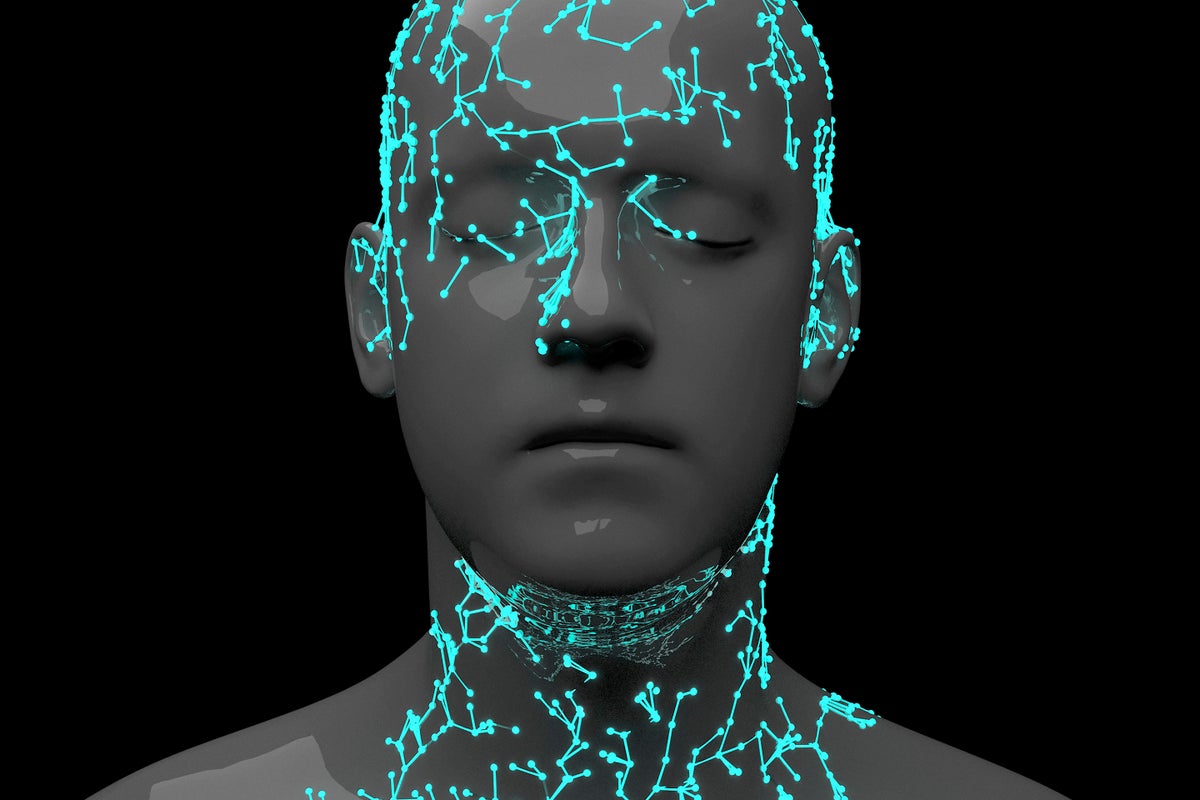In a new study, researchers Johanne Nedergård from the University of Copenhagen and Gary Lupyan from the University of Wisconsin-Madison have delved into the little-known phenomenon of anendophasia, or the absence of an inner voice. While it was once assumed that everyone possessed an inner monologue, recent findings suggest that this may not be a universal human experience.
For those living without an inner voice, everyday tasks can be time-consuming and challenging. “Some say that they think in pictures and then translate the pictures into words when they need to say something,” explains Nedergård. “Others describe their brain as a well-functioning computer that just does not process thoughts verbally, and that the connection to loudspeaker and microphone is different from other people’s.”
The Impact on Verbal Memory and Rhyming
Nedergård and Lupyan conducted experiments to determine whether anendophasia affects problem-solving abilities, particularly in verbal memory tasks. They found that participants without an inner voice performed significantly worse when asked to remember words in order, especially when the words were similar in sound or spelling.
Similarly, in a rhyming task involving pictures of words like “sock” and “clock,” those without an inner voice struggled to compare the sounds and determine whether the words rhymed. “It is crucial to be able to repeat the words in order to compare their sounds and thus determine whether they rhyme,” Nedergård explains.
Adapting to Life Without an Inner Voice
However, in experiments testing the role of the inner voice in task switching and distinguishing between similar figures, no differences were found between the two groups. Nedergård suggests that people without an inner voice may have developed alternative strategies to cope with these challenges.
The practical and behavioral significance of anendophasia remains unclear, but the researchers suspect it may play a role in therapy, particularly cognitive behavioral therapy, where identifying and changing adverse thought patterns is crucial. “It is still uncertain whether differences in the experience of an inner voice are related to how people respond to different types of therapy,” Nedergård notes.
As research into this fascinating condition continues, Nedergård hopes to uncover whether the absence of an inner voice affects other aspects of language processing beyond sound. “I would like to study whether it is because they just do not experience the sound aspect of language, or whether they do not think at all in a linguistic format like most other people,” she concludes.



























































